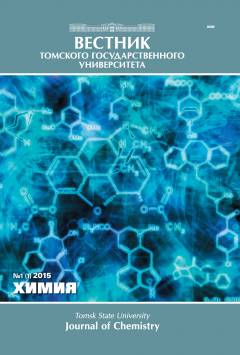Image © Johan Jarnestad/The Royal Swedish Academy of Sciences
Nobel prize website https://www.nobelprize.org/prizes/chemistry/
Emmanuel Charpentier (France) and Jennifer Doudna (USA) received the Nobel Prize in Chemistry this year. Two women scientists have jointly developed CRISPR/Cas9 genome editing technology. Thanks to this development, it becomes possible to make point changes in the structure of DNA. Just imagine: over millions of years of evolution, our DNA is full of useless repetition of entire chain segments, mutations, and the most complex genetic diseases associated with them, and we have a genome editing mechanism! Unofficially, the technology is called "genetic scissors", and here's why - we'll try to figure it out below.
It is known that DNA is a polymer molecule that stores bioinformation in the form of a genetic code, which, in turn, consists of a nucleotide sequence. Colleagues Charpentier and Dudna found it possible to cut out the necessary sections from the nucleotide chain. To begin with, a guide RNA is created that exactly matches the DNA sequence in which we would like to make a replacement. A protein is attached to this RNA, which will later perform the incision. The RNA guides and delivers the scissor protein to the desired incision site. An incision is made, and then it is possible to either sew the edges of the DNA, or insert the necessary section of the chain. We have prepared for you several portals where you can learn more information on this topic:
Presentation in english by Jennifer Doudna on iBiology Science Stories https://www.youtube.com/watch?v=SuAxDVBt7kQ&feature=emb_title
BBC short review of Nobel prize of 2020
https://www.bbc.com/russian/features-54448743

